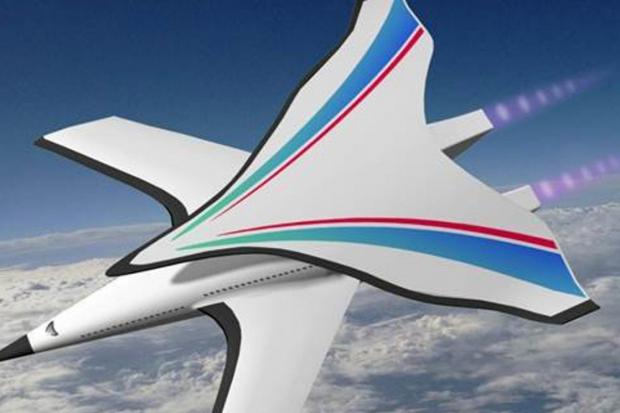
Breaking News
6.5x55 Swedish vs. 6.5 Creedmoor: The New 6.5mm Hotness
Best 7mm PRC Ammo: Hunting and Long-Distance Target Shooting
 Christmas Truce of 1914, World War I - For Sharing, For Peace
Christmas Truce of 1914, World War I - For Sharing, For Peace
Top Tech News
 EngineAI T800: Born to Disrupt! #EngineAI #robotics #newtechnology #newproduct
EngineAI T800: Born to Disrupt! #EngineAI #robotics #newtechnology #newproduct
 This Silicon Anode Breakthrough Could Mark A Turning Point For EV Batteries [Update]
This Silicon Anode Breakthrough Could Mark A Turning Point For EV Batteries [Update]
 Travel gadget promises to dry and iron your clothes – totally hands-free
Travel gadget promises to dry and iron your clothes – totally hands-free
 Perfect Aircrete, Kitchen Ingredients.
Perfect Aircrete, Kitchen Ingredients.
 Futuristic pixel-raising display lets you feel what's onscreen
Futuristic pixel-raising display lets you feel what's onscreen
 Cutting-Edge Facility Generates Pure Water and Hydrogen Fuel from Seawater for Mere Pennies
Cutting-Edge Facility Generates Pure Water and Hydrogen Fuel from Seawater for Mere Pennies
 This tiny dev board is packed with features for ambitious makers
This tiny dev board is packed with features for ambitious makers
 Scientists Discover Gel to Regrow Tooth Enamel
Scientists Discover Gel to Regrow Tooth Enamel
 Vitamin C and Dandelion Root Killing Cancer Cells -- as Former CDC Director Calls for COVID-19...
Vitamin C and Dandelion Root Killing Cancer Cells -- as Former CDC Director Calls for COVID-19...
 Galactic Brain: US firm plans space-based data centers, power grid to challenge China
Galactic Brain: US firm plans space-based data centers, power grid to challenge China
SPEED FREAKS How China plans to build 12,000mph hypersonic passenger plane...

CHINA is developing a hypersonic aircraft that can transport ten people anywhere on Earth in one hour.
The prototype has a pair of delta wings similar to those of the French and British designed Concorde, but with tips pointing up.
It comes as it emerged China is developing a 6,000mph nuke missile engine which is reportedly based on a design abandoned by Nasa because it cost too much.
In today's rapidly militarising China, however, money is no object — especially if it keeps the communist regime ahead in the arms race.
Now wing tech from Concorde is also being used, this time in aircraft.
According to a study by China's space scientists, the hypersonic plane is larger than a Boeing 737, the 148ft plane has two air-breathing engines mounted on top of its main body, reports South China Morning Post.
Its complex aerodynamic design allows the aircraft to travel faster than five times the speed of sound.
The concept has proven effective in China's latest space missions to evaluate the plane's performance at high altitudes.
The researchers used a new aerodynamic model that has been proven effective in China's latest space missions to evaluate the plane's performance at high altitudes.
During the space tests they found areas on the plane that required extra protection or strengthening.
Spots would be most likely to suffer sudden spikes of heat and pressure when the plane reaches six times the speed of sound or 4,447mph.

 The State's Last Stand
The State's Last Stand


